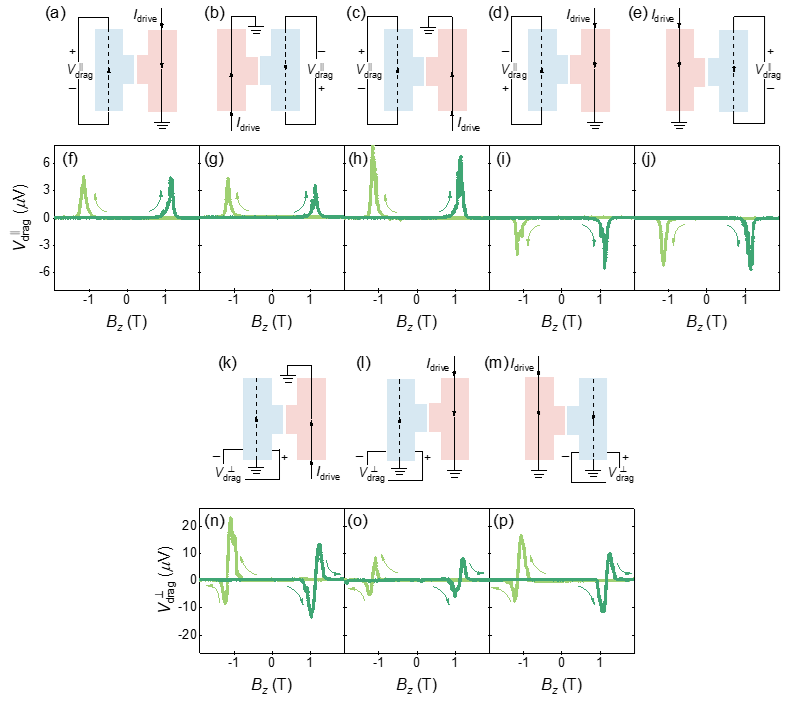Peking University, April 24, 2025: He Qinglin’s group at the Center for Quantum Materials Science, School of Physics, has reported the first observation of non-reciprocal Coulomb drag in Chern insulators. This breakthrough opens new pathways for exploring Coulomb interactions in magnetic topological systems and enhances our understanding of quantum states in such materials. The work was published in Nature Communications (DOI: 10.1038/s41467-025-58401-5).
Background
Coulomb drag arises when a current in one conductor induces a measurable voltage in a nearby, electrically insulated conductor via long-range Coulomb interactions.
Chern insulators are magnetic topological materials that show a quantized Hall effect without external magnetic fields, due to intrinsic magnetization and chiral edge states.
Why It Matters
The research
(i)Makes the first foray into non-reciprocal Coulomb drag in a magnetic Chern insulator, which has long remained un charted territory.
(ii)Offers insights into topological quantum materials, revealing new aspects of quantum fluctuations and interactions.
(iii)Advances topological quantum computing by providing a non-contact detection method for quantum states (relevant for qubits).
Methodology
Materials: Molecular Beam Epitaxy (MBE) grown V-doped (Bi,Sb)₂Te₃ optimized for high-temperature quantum anomalous Hall (QAH) effect.
Device: Dual Hall bar with nanoscale vacuum gap to ensure pure Coulomb coupling (no tunneling).
Conditions: Ultra-low temperature (20 mK) and perpendicular magnetic fields to explore quantum anomalous Hall effect (QAH) transitions.
Measurements:
·Longitudinal (Vₓₓ) and transverse (Vₓᵧ) drag voltages
·I-V curves (to distinguish shot noise vs. fluctuation regimes)
·Temperature/power-law scaling (to confirm mesoscopic origin)
Figure 1. Non-reciprocity of longitudinal and transverse Coulomb drag. (a–e) Circuit setups for longitudinal drag; (f–j) data at 20 mK. (k–m) Setups for transverse drag; (n–p) corresponding measurements.
Key Findings
Longitudinal drag: Fixed polarity regardless of current/magnetic field direction suggests rectification behavior.
Transverse drag: Depends on magnetization direction; arises via chiral edge state coupling.
Mechanism: Mesoscopic fluctuations dominate at low T (T² scaling) while shot noise appears at higher bias and contributes to nonlinear behavior.
Figure 2. Schematic of Coulomb drag generation in Chern insulator.
Implications
(i)Chern insulators can serve as promising platforms for non-reciprocal quantum transport phenomena.
(ii)The findings support the development of Majorana-based qubit interferometry, a key component in topological quantum computing.
(iii)This research enables non-contact detection of quantum states, which is critical for building scalable and robust quantum devices.
(iv)It also offers new insights into magnetization dynamics, potentially contributing to the design of low-power, chiral electronic devices.
*This article is featured in PKU News "Why It Matters" series. More from this series.
Click “here” to read the paper
Written by: Akaash Babar
Edited by: Zhang Jiang
Source: Center for Quantum Materials Science, School of Physics

